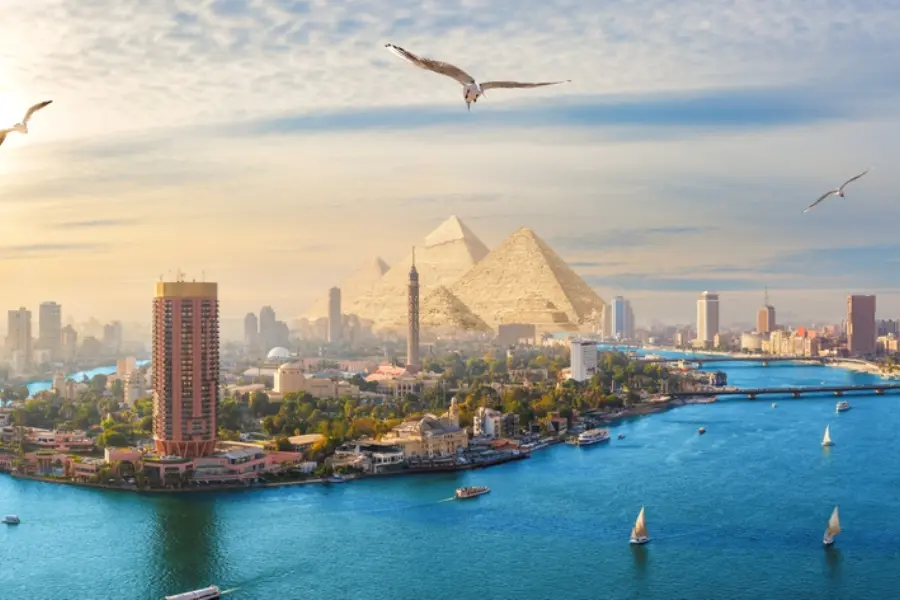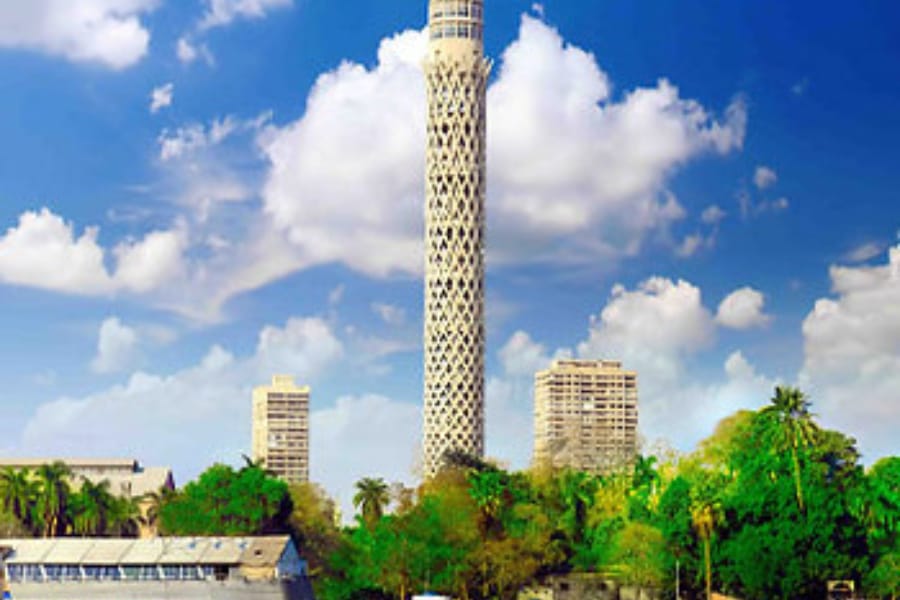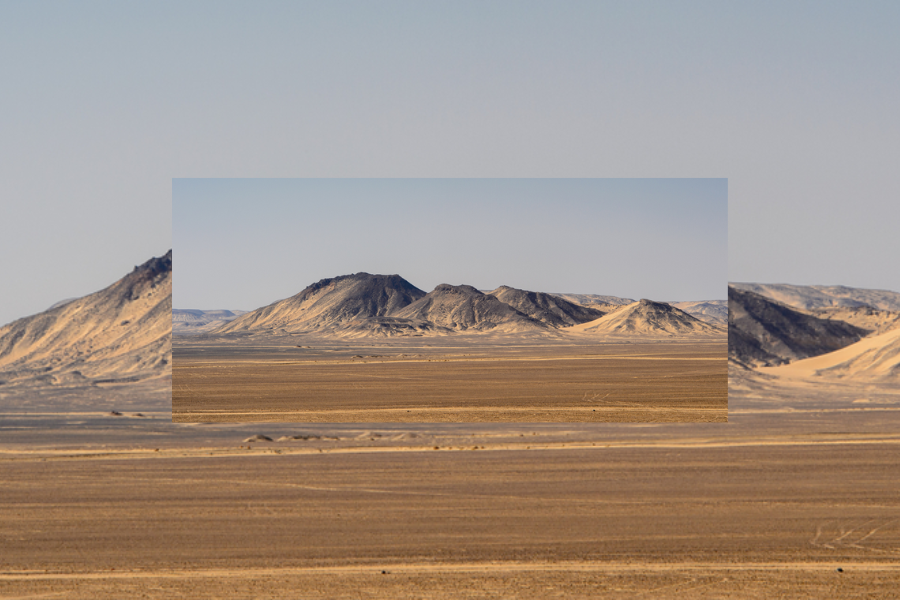
King Khafre (Chephren) – Builder of the Pyramid & Guardian Sphinx
King Khafre – The Pharaoh of the Pyramid and the Sphinx
King Khafre (also written Chephren or Khafra) was a Fourth Dynasty ruler whose name is forever linked to the second pyramid at Giza and the majestic Great Sphinx. As a builder, patron, and symbol of royal power, Pharaoh Khafre shaped the plateau’s skyline and the story of ancient Egyptian kingship.
This guide explores Khafre’s origins and family, his reign and achievements, the Pyramid of Khafre and its temples, the famous diorite statue “Khafre Enthroned,” and the Great Sphinx—plus quick facts and FAQs for visitors and history lovers.
Who Was King Khafre?
Khafre was the fourth king of Egypt’s Fourth Dynasty, likely a younger son of Khufu (by Queen Henutsen). He ascended the throne after his brother, Djedefre. His name (ḫa.f-Ra) is often read “He appears as Ra,” echoing royal ties to the sun god.
King Khafre’s Family Life
Pharaoh Khafre is widely accepted as Khufu’s son; inscriptions point to Queen Henutsen as his mother. His household included several queens—among the best attested are Khamerernebty I (chief queen and mother of Menkaure), Meresankh III, and Hekenuhedjet. Sources suggest he fathered many children, including at least a dozen sons.
Reign of King Khafre
Dates & Historical Context
Khafre was the fourth ruler of Egypt’s Fourth Dynasty, traditionally dated to c. 2558–2532 BCE (≈26 years). His reign falls within the Old Kingdom’s architectural zenith—a period often celebrated as a Golden Age for royal building, centralized authority, and refined court artistry. Succeeding his father Khufu and following his brother Djedefre, Khafre anchored royal power between Memphis and the Giza Plateau.
Economy & Administration
Under Khafre, Egypt enjoyed notable prosperity: agricultural surpluses from the Nile flood, efficient redistribution through state granaries, and a labor system capable of sustaining large-scale projects year after year. Quarry expeditions and transport logistics moved limestone from Tura and harder stones from farther afield—including diorite used for royal statuary—while administrative elites coordinated workforce rotations, provisioning, and taxation.
Monumental Building Program
Khafre’s reign is most visible in his monumental program at Giza: the Pyramid of Khafre, the Mortuary Temple of Khafre, and the
Valley Temple of Khafre linked by a grand causeway. The Valley Temple’s alabaster floors and granite-lined walls once displayed a celebrated series of royal statues—masterpieces that projected the king’s youthful strength and divine authority and that likely played a role in processional and purification rites before offerings were performed at the mortuary temple.
Religion & Royal Ideology
Ideologically, Khafre’s kingship emphasized a close bond with the sun god Ra. His throne name and the alignment of his complex with the rising sun reflect an Old Kingdom solar kingship in which the pharaoh appears as the earthly manifestation of divine order. The traditional attribution of the Great Sphinx to Khafre—its leonine form and solar symbolism—further underscores this union of royal power and cosmic renewal.
Art & Court Culture
Court ateliers under Khafre produced some of the Old Kingdom’s most refined statuary. The diorite masterpiece often called “Khafre Enthroned” presents an image of perfect balance and serene authority, with Horus sheltering the king’s head from behind. This level of polish and anatomical precision required elite artisans, sustained patronage, and a steady supply of luxury materials—hallmarks of a flourishing royal court.
Trade & External Contacts
Egypt’s trade networks and quarrying expeditions likely remained active during Khafre’s time, maintaining contacts toward the Sinai for copper and the Eastern/Western Deserts for stone. Such activity underpinned the state’s material base and the continuous delivery of prestige goods to temples and palaces.
Legacy of Khafre’s Rule
In sum, Khafre’s reign combined economic stability, administrative coordination, and a bold architectural vision. The integrated pyramid–temple complex at Giza and the royal images that survive from granite-lined halls to diorite thrones embody a kingship that fused earthly governance with solar, divine legitimacy.
Pyramid of King Khafre (Giza’s Second Pyramid)
Unlike Djedefre’s pyramid at Abu Rawash, Khafre returned to Giza Plateau for his eternal tomb, selecting a slightly higher bedrock so that its peak would stand almost level with his father’s Great Pyramid. This clever choice gave Khafre’s monument a commanding presence on the Giza skyline despite being smaller in scale.
The pyramid of Khafre originally rose to 143.5 meters (471 ft), though today it stands about 136 meters due to the loss of its outer casing. Each side of the base measures roughly 215 meters. Unlike Khufu’s pyramid, Khafre’s still preserves a section of its original polished limestone casing near the apex—offering a rare glimpse into how dazzling the pyramids once appeared when their exteriors gleamed in the desert sun.
Khafre’s pyramid complex is among the most complete Pyramids in Egypt. A grand causeway, nearly 500 meters long, connected the Valley Temple of Khafre to the Mortuary Temple of Khafre beside the pyramid. These temples were not only functional spaces for mummification and offerings but also monumental statements of royal power. The Valley Temple, built of massive limestone blocks and lined with granite and alabaster, once housed around 23 superb statues of Khafre, including masterpieces carved from dark Nubian diorite.
Inside, the pyramid’s descending passage leads to a burial chamber carved partly into the bedrock, with traces of a granite sarcophagus. Though the king’s mummy was never recovered, the scale and sophistication of the architecture testify to Khafre’s wealth and authority. Some scholars also point to the Solar Boat pits found nearby, echoing Khufu’s tradition of providing vessels for the pharaoh’s journey with the sun god Ra across the heavens.
The Diorite Statue of King Khafre (“Khafre Enthroned”)
Discovered in the valley temple at Giza, the famous diorite statue presents Khafre enthroned with perfect symmetry and luminous polish. Diorite is an exceptionally hard stone; the delicacy of modeling—musculature, hands, and serene facial features—testifies to master craftsmanship.
Khafre wears the nemes headdress (its royal cobra once attached), a false beard, and the shendyt kilt. From behind, the falcon god Horus spreads his wings around the king’s head—both a theological emblem of divine protection and an artistic solution reinforcing the statue’s fragile neck.
The Great Sphinx of Giza
East of Khafre’s pyramid lies the monumental Great Sphinx, a lion with a human head. In Egyptian thought, the lion evoked solar power and royal might. The Sphinx is traditionally attributed to King Khafre, its gaze aligned with the rising sun—an image of pharaoh as guardian and manifestation of Ra.
Debates about the Sphinx Attribution
While the Great Sphinx is traditionally attributed to King Khafre—based on its location, architectural context, and alignment with his causeway—some researchers have proposed alternative chronologies. Geological readings of erosion patterns and theories about re-carving suggest the monument may have been started earlier and later integrated into Khafre’s complex.
The mainstream view still places the Sphinx within Khafre’s reign due to the tight relationship between the Valley Temple of Khafre, the causeway, and the Sphinx Temple. Alternative views argue for a deeper antiquity, emphasizing weathering data and stylistic interpretations. The debate remains a fascinating window into how Egyptology blends archaeology, geology, and architectural study.
Research Notes
- Selim Hassan: led major excavations at Giza in the 1930s; contextual findings broadly support the Sphinx’s integration with Khafre’s complex.
- Mark Lehner: modern mapping and architectural studies emphasize the tight plan between the Sphinx, Sphinx Temple, and Khafre’s Valley/Mortuary temples.
Quick Facts about King Khafre
- Names: Khafre (also Khafra); throne name linked to Ra
- Dynasty: Fourth Dynasty, Old Kingdom
- Pyramid: Giza’s second pyramid; near-complete complex with valley & mortuary temples
- Signature Art: Diorite “Khafre Enthroned,” Horus protecting from behind
- Sphinx: Great Sphinx traditionally attributed to Khafre
- Family: Son of Khufu; father (or grandfather) of Menkaure through Queen Khamerernebty I
Conclusion
With a pyramid that still defines Cairo’s horizon and a Sphinx that has fascinated the world for millennia, King Khafre stands as a towering figure of Old Kingdom power and artistry. From the gleam of polished casing to the quiet strength of the diorite statue, his legacy remains written in stone.
See Khafre’s Pyramid & Sphinx with Expert Guides
Walk the causeway, stand by the alabaster floors, and meet the Sphinx up close with our Egyptologists:
FAQ – King Khafre
Who was King Khafre?
A Fourth Dynasty pharaoh, son of Khufu, and builder of Giza’s second pyramid—traditionally associated with the Great Sphinx.
What is special about the Pyramid of Khafre?
Its summit preserves casing stones, and its complex is among the most complete, linking a valley temple and mortuary temple via a grand causeway.
What is the diorite statue of Khafre?
A masterpiece known as “Khafre Enthroned,” carved from hard diorite; Horus shelters the king’s head from behind in a protective embrace.
Is the Great Sphinx definitely Khafre’s?
It is traditionally attributed to Khafre due to location and context at Giza, aligning with his pyramid complex and solar kingship imagery.










